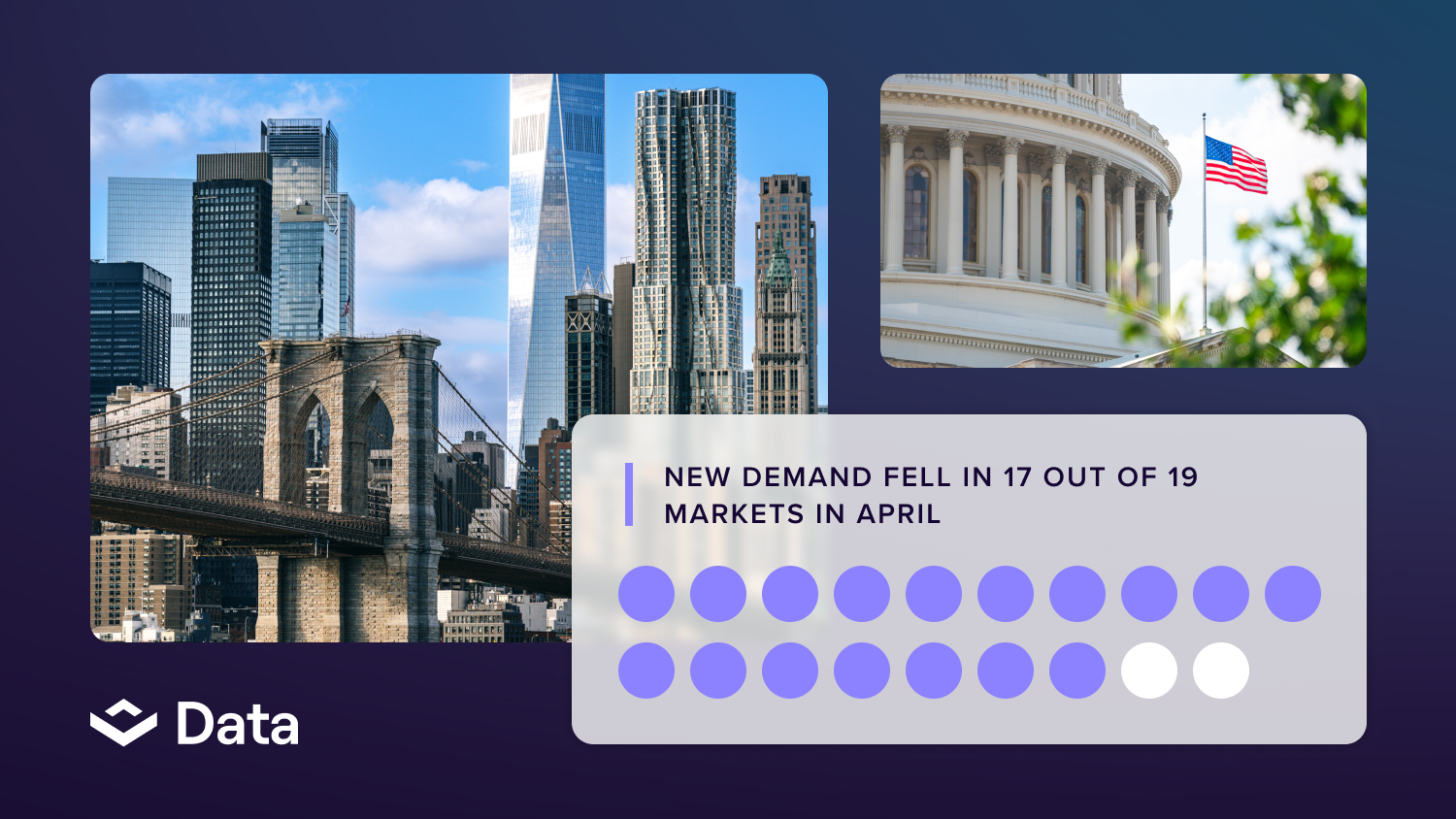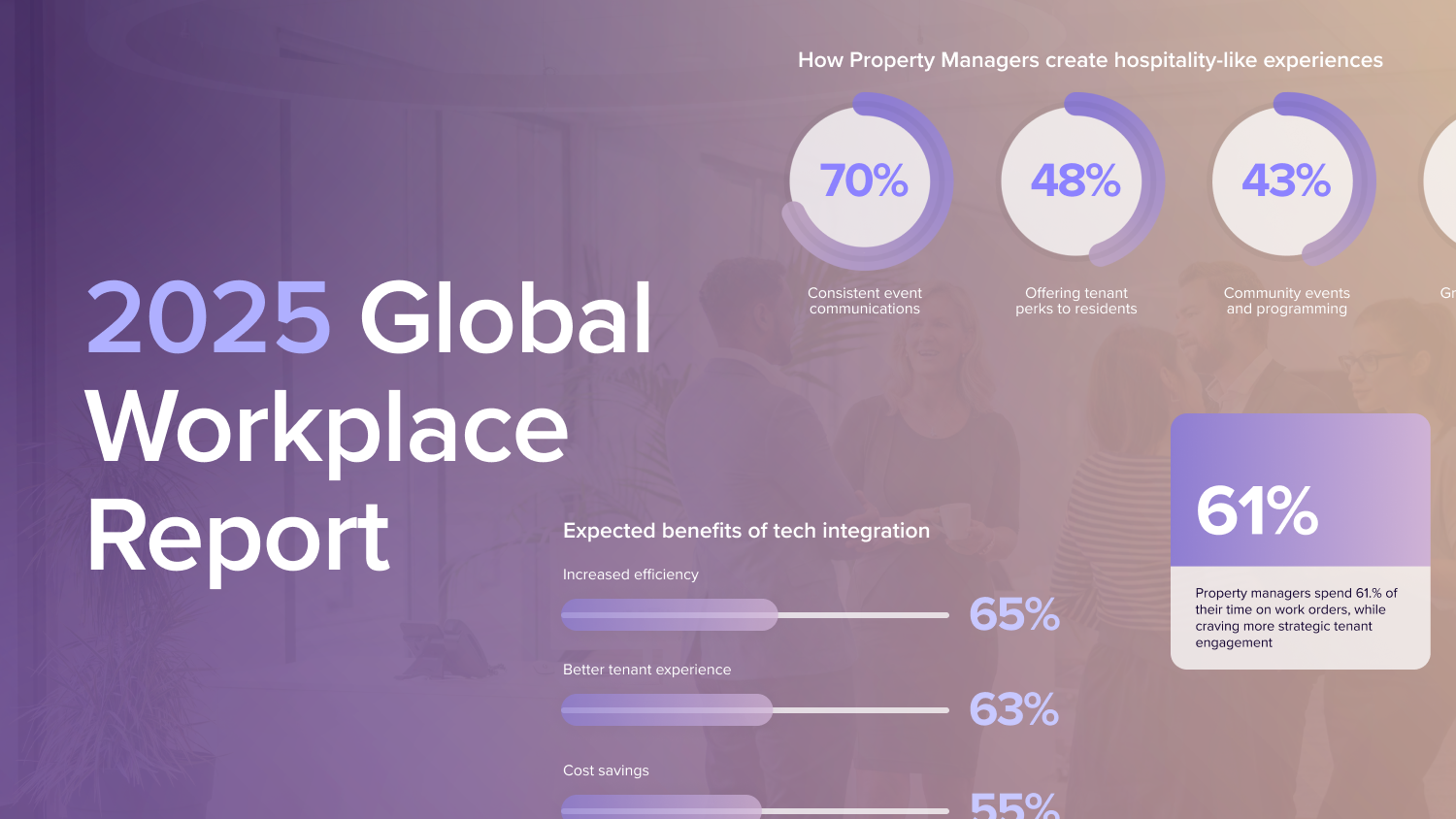In this edition of the VTS Innovators Spotlight, we sat down with Bruce Ambler — Director of Operations and acting Managing Director of Investments at Lendlease — to talk about what drives consistent investor returns and operational efficiencies for multifamily assets.
Hello Bruce! Thanks so much for the time. Your role at Lendlease is quite expansive, so we’ll hone in on the operations side of the job first. When you think about driving operational efficiencies for your multifamily portfolio of assets, how do you balance the need to create a great experience for residents while keeping the asset profitable?
I actually don't look at it as a balance because I think they're all aligned throughout the whole process. At the end of the day, creating a great customer experience is foremost to profit. Retaining your tenants means revenue, but also — if they’re happy and they can’t see going anywhere else, they also talk to their friends, their families, and their coworkers. Your tenants are your best marketers at the end of the day.
All in all, keeping great customer relations while continuing to learn about your customer’s ever-changing needs leads to the performance of the underlying asset.
That's an interesting take, given the macro environment — it seems like most owners are thinking about OPEX reduction to create efficiencies. Is it fair to say your lens on ensuring profitability is more about “going on offense” (generating revenue) than reducing cost?
Well, a couple of things. First, we're developers and we're also long-term holders, so it's important from the very beginning that you think through potential issues and create the asset with an efficient operating model. That includes everything from the type of technology you're using to build the project, all the way through the technology being used in the building.
For example, we're very heavily focused on the sustainability front because if you look at potential operating efficiencies, energy costs are a huge bulk of your expenses when running a multifamily asset. The more you can think through implementing cost-saving technologies when you develop an asset, the more your capital expenditure and OPEX are reduced in the years going forward.
Second, cutting costs is a very short-term concept. Obviously, you want to operate efficiently and not waste money, but you really want to make sure that what you're doing meets the needs of your customers — all of whom are not the same. Our multifamily buildings have lots of different people with different needs and desires as they relate to the space they live in. Finding a way to serve all of those needs might cost a little more, but that’s probably OK, because it also drives recurring revenue.
That makes a lot of sense! Digging more into the development and technology topics: When a new project goes into development, how far ahead are you planning which technology gets implemented in the building? Do you have a rinse-and-repeat model for the vendors you work with, or is it different for every asset?
When we plan and design new projects, we think very hard about how the buildings are going to be used, and what the operational aspects are. We also really rely on our existing asset managers to understand what they believe the market would like to see in new buildings. This is the baseline, iterative approach we need to enhance and improve the development and technology in a project every time. In that sense, we don’t have a rinse-and-repeat model for selecting technology vendors, but we do get ahead of it knowing there’s a long lead time (development projects take 2-3 years of planning before a shovel is even put into the ground; an asset then takes 18-36 months to build depending on the design and location).
Technology is a challenge in the sense that it practically changes hourly, and we're in a long-term kind of situation. So while we try to build in a level of flexibility to accommodate certain technology for our resident experience and for our property managers, the reality is buildings are about as inflexible as anything comes. They're made of concrete and steel and glass — not very flexible materials. But we’re constantly having conversations with VTS and others in your space to see where your technologies are going. That way, when new solutions emerge, we can be forward-thinking and play out how they would be implemented in a project.
Lendlease’s operating model is distinct; investment, development, and construction are all fully integrated. Under this model, your role extends to overseeing investment strategy and risk. What are the major synergies in connecting operations with the investment side of the house?
So when you come into a Lendlease building, you know we developed it, built it, and we're going to manage it long-term. I think when all three of those things are interlinked completely and you do them well, it drives a positive return. And that's really what the investment model is about, right? A good investment model is about having a strong, steady, stable bottom line, which is what our investors expect of us. It all boils down to having a well-run building that operates as efficiently as possible and having a great resident experience.
Where I think our model is unique and creates “synergy” is in the flexibility and consistency of our delivery. On the flexibility front, the world is constantly changing and there are things we do and don’t control, right? So when things we don't control — such as insurance and real estate taxes — start to go up, we figure out ways to operate more efficiently in the things we do control to offset those expenses. That ultimately ties into what an investor looks for from us. They want an operator that's able to be flexible and adapt to the changing needs.
As it relates to consistent delivery, again — our primary focus is on our customer and continually understanding who they are as their needs evolve. That focus intersects with other foundational aspects of the Lendlease ethos, which is being cutting-edge with an emphasis on sustainability. Keeping the focus on customer, community, and cutting-edge technology has always helped us deliver consistent returns, even when the underlying reason to focus on these things is about doing the right thing.
For example, we're actively building a project in the Greenpoint section of Brooklyn. It's going to be the largest geothermal residential building in New York, and we’re going to reduce our carbon footprint by 30% by going with geothermal energy. Now, will that result in more rent for us tomorrow? Probably not. But we've learned from our customers that they feel good about being in these kinds of buildings, and it’s a differentiator they tell their friends about. That obviously has an upstream impact on consistent investor returns, but the bigger picture is that it also creates momentum for other builders to start doing the same thing. It’s what starts to create real change.
That’s awesome! Another development-related question: Multifamily is sort of perpetually in a low-supply / high-demand environment — but the cost of capital has skyrocketed. How is Lendlease viewing this moment in time? Is it a bad time for development? A great time for development?
(Laughs) Well, these are challenging times for sure, but with challenges do come opportunities. I think it's a bit of a double-edged sword on the capital side of the equation. On one end, the higher cost of capital for debt obviously makes projects more difficult to get started and stand up. But on the flip side of the equation, the cost of owning a home has gone up significantly, which has benefited the rental market.
I think the crux of the situation is that you’ve got to get creative, and you've got to listen. You've got to listen to your customers and what they want; you've got to listen to your capital partners and what's driving their conversations and what's happening in their world; and you’ve got to listen to the communities you're in. The bottom line is that social challenges have driven us to build multifamily projects. There is just not enough affordable housing, especially in our major urban areas. That hasn't changed and the need still exists.
So the question is — how do you unlock that need? In my opinion, that's the creativity of coming up with new structures and new ways to work together with communities, investors, and current landowners to unlock opportunities where everyone sees value in a project, and everybody goes along the journey. Then it's about opening a dialogue with your customers and stakeholders, so they understand the challenges you're facing while you're trying to get something moving. While development is going to slow down without a doubt in our mind, we do think good opportunities will materialize alongside people who are in that creative listening mode.
The last thing I'll add is that technology is going to play a big part in the trajectory of new development. If I can build a project cheaper or in a different way that gets it done more quickly, suddenly, the higher cost of capital gets offset a little bit by the overall schedule or costs.
Final question - please fill in the blank: ___ is what will separate the winners and losers in multifamily leasing over the next five years.
Knowing your customer, understanding how their needs change, and adapting to those needs within an inflexible asset. At the end of the day, I can't make a unit any bigger. I can't give it better light. So the question always is — how do I give that customer the greatest experience within the limits of an otherwise great asset? Operators that meet the evolving needs of their customers will always come out as a winner.






